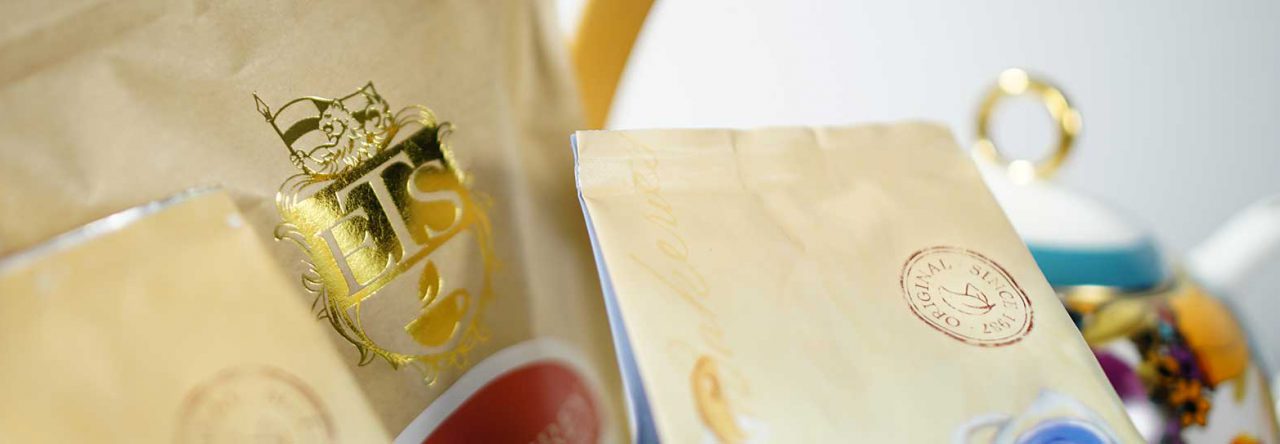
There are tea parties and there are tea parties, but of course for those of us living in the United States the granddaddy of all tea parties is the one that took place in Boston Harbor on December 16, 1773. This is not the time or place for a history lesson, and besides most of us probably got the Tea Party overview in elementary school. But it’s worth pointing out that you can now bring some of this history to life by visiting the Boston Tea Party Ships & Museum.
After a twelve-year planning stage the Boston Tea Party Ships & Museum broke ground in April, 2011, and opened a little more than a year later, in June, 2012. As their web site notes, some of the features include, “Live actors, high-tech, interactive exhibits, authentically restored tea ships and the stirring, multi-sensory documentary Let it Begin Here,” and you can also “meet the colonists, explore the ships and dump tea overboard.” If you can’t bring yourself to even simulate the practice of dumping tea you might find Abigail’s Tea Room more to your liking.

For serious tea drinkers one of the more interesting questions about the Boston Tea Party (or perhas it’s just me) concerns what type of tea was left to steep in harbor waters. As this article from the museum web site notes, citing Benjamin Woods Labaree’s book, The Boston Tea Party, “the three tea ships contained 240 chests of Bohea, 15 of Congou, 10 of Souchong (all black teas), 60 of Singlo, and 15 of Hyson (both green teas).” Before we bemoan the loss of so much tea it should be noted, as the article points out, that the tea had been in transit and storage for several years and was probably rather stale, to say the least.
Which is an interesting historical tidbit, to be sure, but for Bruce Richardson the task was to attempt to bring this particular bit of history to life. As he recounted in another article at the museum web site, he was brought on to create “a signature tea to be served in the museum tea room” that would be reminiscent of the teas dumped in the harbor. After three months and a considerable amount of fiddling Richardson came up with Abigail’s Blend, named for second First Lady Abigail Adams and composed primarily of Chinese black tea, with small amounts of Indian and African black tea added to fine tune the blend.
© Online Stores, Inc., and The English Tea Store Blog, 2009-2014. Unauthorized use and/or duplication of this material without express and written permission from this article’s author and/or the blog’s owner is strictly prohibited. Excerpts and links may be used, provided that full and clear credit is given to Online Stores, Inc., and The English Tea Store Blog with appropriate and specific direction to the original content.



Leave a comment